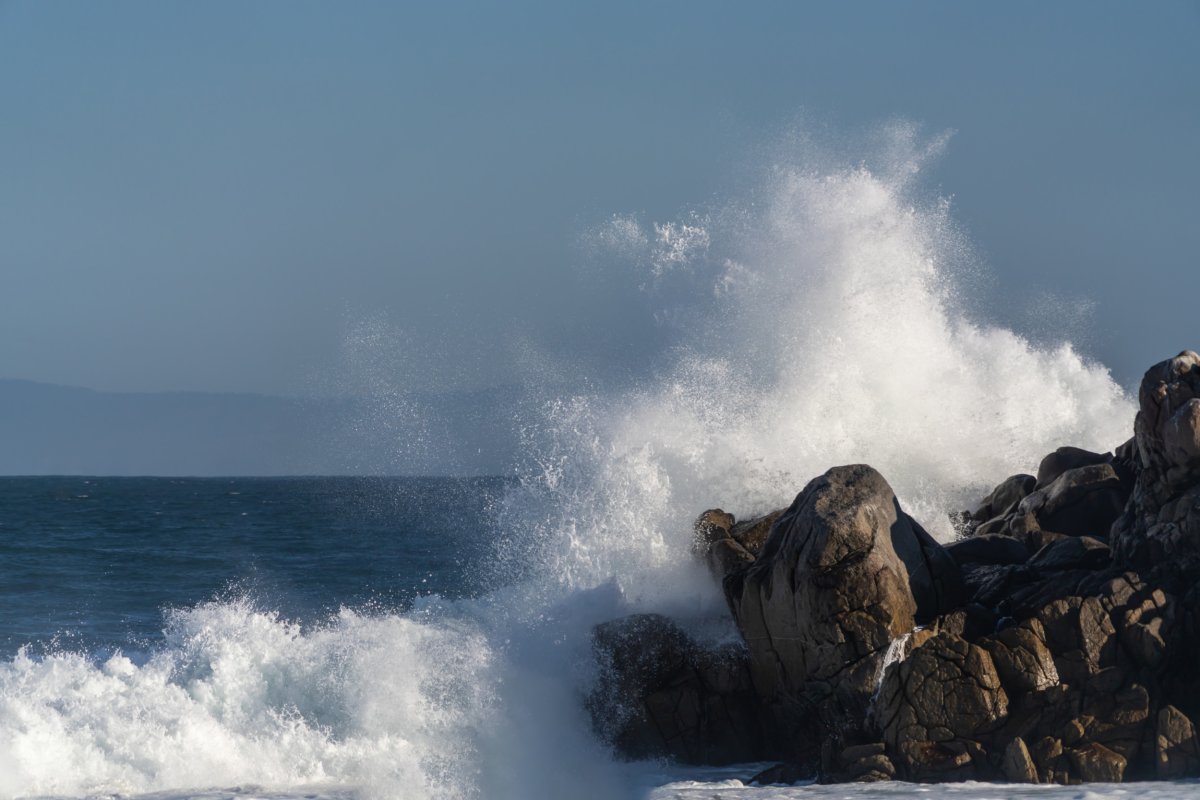What to Do When a High Wind Warning Is Issued: Safety Tips and Regional Impacts
Staying safe during extreme weather starts with understanding alerts like a high wind warning. When forecasters issue these warnings, it signals hazardous winds capable of downing trees, damaging property, and causing power outages. In this article, we will explore what a high wind warning means, why they matter, and how to protect yourself and your community.

What Does a High Wind Warning Mean?
A high wind warning is issued by the National Weather Service when sustained winds of 40 mph or higher are expected for at least an hour, or gusts reach 58 mph or more. These warnings alert the public to dangerous conditions that can impact travel, outdoor activities, and infrastructure.
Recent High Wind Warnings in California
Strong winds have been making headlines across the California coast. Earlier this week, the entire coastline experienced hazardous wind-driven ocean conditions. According to Newsweek, mariners faced significant dangers as strong gusts swept from north to south. These wind events often prompt additional warnings for high surf, potential flooding, and other hazards.
Safety Tips During a High Wind Warning
When facing a high wind warning, keep these safety steps in mind:
- Secure Outdoor Objects: Bring in lawn furniture, trash cans, and decorations.
- Stay Indoors: Avoid going outside, especially near trees and power lines.
- Prepare for Outages: Have flashlights, batteries, and emergency supplies ready.
- Avoid Coastal Areas: Harsh winds can make beaches and piers dangerous, as highlighted during recent warnings for the California coast. Stay updated through trusted sources and heed all evacuations if required.
Regional Impacts of High Winds
The effects of a high wind warning are widespread, extending beyond property damage. Strong winds can complicate rescue efforts, disrupt transportation, and increase wildfire risk during dry conditions. In Southern California, residents regularly face blustery winds and changing temperatures, sometimes resulting in road closures and power disruptions. While details on recent Southern California events can be found here, staying informed and prepared is key.
Stay Alert and Informed
Always monitor local news and weather reports for the latest updates when a high wind warning is issued. Mariners and residents along coastlines, especially in California, should take extra precautions. Events like those described in this Newsweek report prove the importance of heeding official warnings.
Conclusion: Take High Wind Warnings Seriously
A high wind warning is not just a routine alert—it's a call to action for your safety. Protect yourself, your family, and your property by following trusted advice and staying informed during wind events. Preparing now prevents greater risks later. Stay safe and keep alert when the winds pick up.